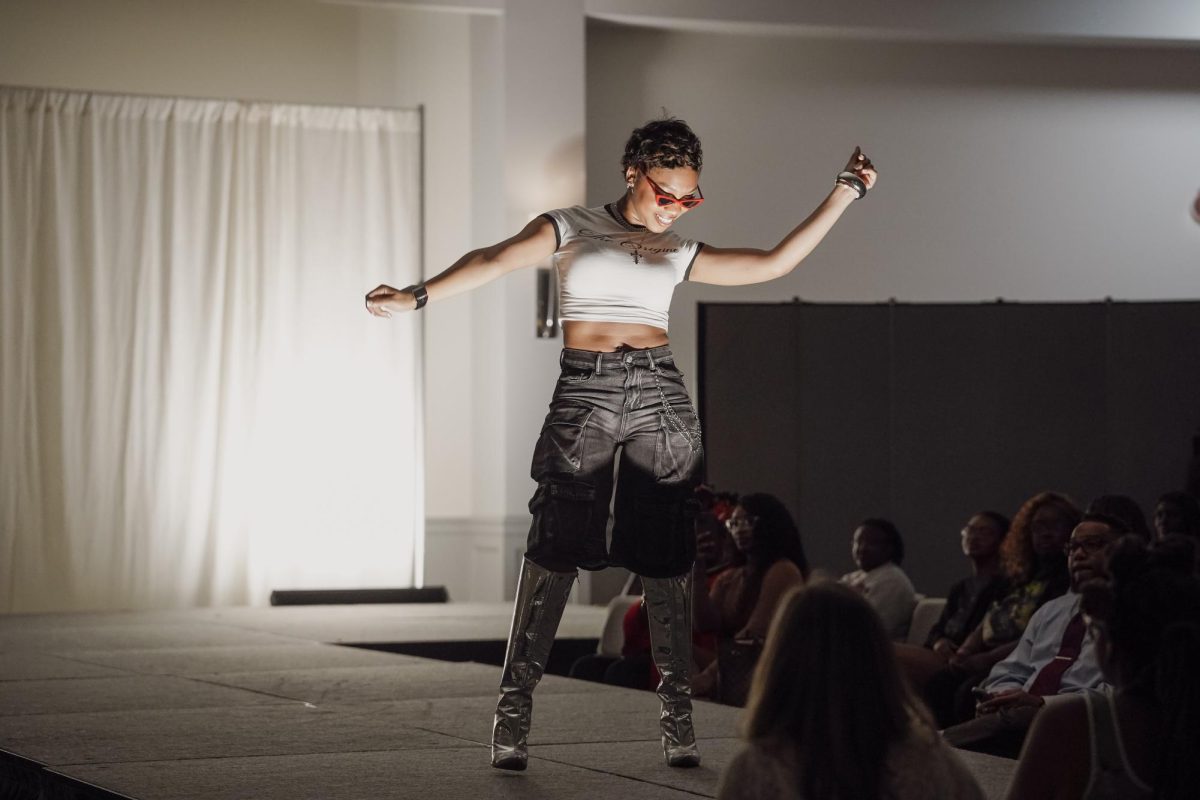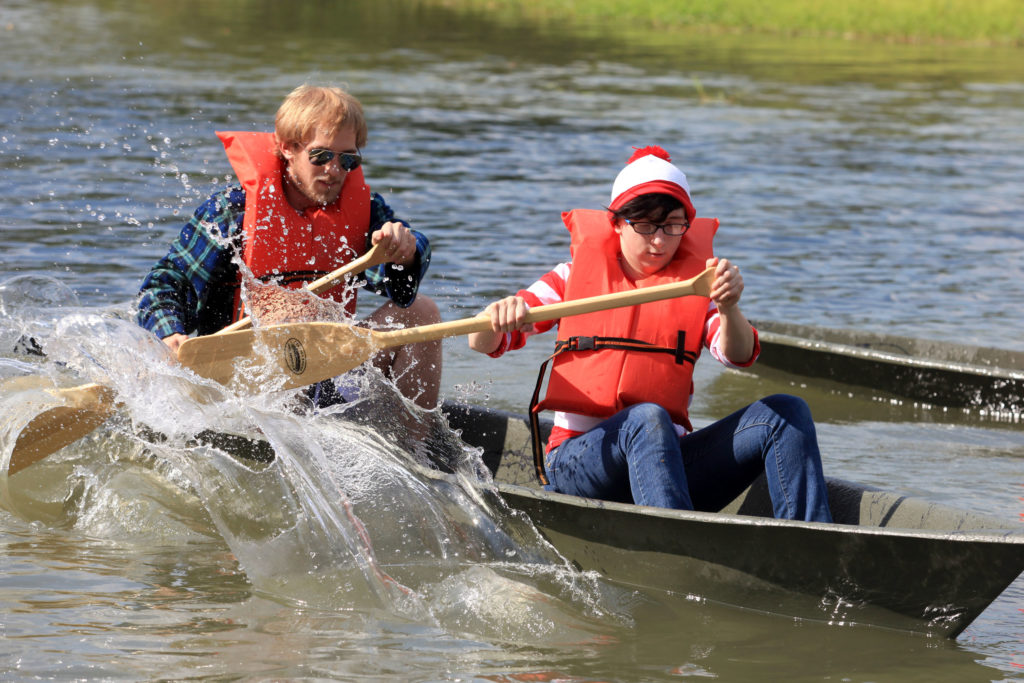Media affiliates of WWL-TV, WDSU-TV and the Associated Press discussed on April 5 the difficulties in covering the first days of Hurricane Katrina, such as a lack of reliable sources and the challenge to remain objective.The panel discussion, sponsored by the Nicholls chapter of the Society of Professional Journalists, was held in the Bollinger Memorial Student Union for an audience of students and faculty.
WWL-TV anchor Mike Hoss said any incorrect information from the local media that surfaced in the aftermath of Hurricane Katrina resulted from an inability to verify facts with multiple sources, not from pressures to be first on the story.
“There wasn’t a sense of ‘be first at five, be first at six’ because we were never off,” Hoss said. “We got information as we saw it and gave it out as soon as we could.”
To avoid as much as possible releasing anything that could not be verified with at least two sources, John Poretto of the Associated Press said that there was a “unique coordination among media organizations that in most cases would be competing against each other.”
Hoss said even the “information available was not great” in the first days after Katrina, rooting from the inability of the Federal Emergency Management Assistance, the National Guard and all of the inner agencies to communicate with each other.
“We went to bed Monday night at the French Quarter,” Hoss said. “We knew we had flooding, but we had no idea of a 100-foot gaping hole in the 17th Street Levee.”
The panel members discussed the struggle to avoid letting their personal lives affect the news coverage, although at times it was near impossible.
Heath Allen of WDSU-TV said that with a story like Katrina, “you have to get involved emotionally.”
“Things that strike an emotional chord will be reflected in whatever journalism you create,” Allen said.
Hoss said that as a result of Katrina, certain policies of WWL-TV have changed.
“There are times when we will say on a newscast ‘we’ or “our,'” Hoss said. “That never would have happened prior (to Katrina).”
The panel said that in deciding what photos to release, WWL-TV, WDSU-TV and the AP took into consideration the dignity of the people being photographed.
Poretto said that depending on the state of a person’s clothing or what situation they were in, the AP held back certain photos for sensitivity purposes.
“There were raw images of people at points in their life that you would never wish upon anyone,” Poretto said.
Allen recalled a situation where a woman had been on the roof of her house for several hours during the hurricane, all of her clothes having been torn to pieces. Allen said that although such dramatic moments do make great photos, “you wouldn’t do that to anybody.”
“That’s somebody’s mother,” Allen said.
The panel addressed accusations made towards the media regarding slants in the coverage.
Allen said that the local media’s coverage of Katrina was not racist, but rather “unmasked a problem that has been in New Orleans for 100 years.”
Hoss said that WWL-TV strived to cover the story as best as possible, although they were unable to get to certain areas that were affected in the first days after Katrina.
“Black and white of what we were doing did not matter one bit,” Hoss said.
However, Hoss said that unlike the local media, the national media did face pressure to “be first on the scene.”
“They took their most compelling pictures and put them on national television and ran them for days and days,” Allen said. “Certainly that impacted, colored, slanted, created the national picture of what was going on in New Orleans, Plaquemines and St. Bernard.








